In 2012, the Oc Eo - Ba The Archaeological Site was recognized as a Special National Monument by the Government of the Socialist Republic of Vietnam. Currently, the dossier is being completed to request UNESCO to recognize it as a World Cultural Heritage. The site has a total protected area of 433.2 hectares, divided into Area A on the slopes and foot of Ba The mountain with 143.9 hectares, and Area B in Oc Eo field with 289.3 hectares.
Some typical relics have been excavated and preserved, such as: Relics in Linh Son Pagoda area, Nam Linh Son Tu relic, Go Cay Me relic (Go Sau Thuan), Go Ut Tranh relic... Today, Oc Eo has become a special national historical - cultural relic, preserved and promoted in value. Visitors here can visit the Oc Eo Cultural Exhibition House, which displays valuable archaeological artifacts and explore the remaining relics of the ancient city.
Typically, the Go Cay Thi relic is about 500m southwest of the Go Oc Eo relic, about 500m northeast of the Go Giong Cat relic and about 2,000m northwest of the archaeological relic at Linh Son pagoda. The relic was ranked at the national level in 2002, with a solid roof protecting the entire excavated area. The relic was discovered in 1942 and excavated in 1944 (symbolized as Architecture A). In 1999, open-pit excavations were conducted and two separate architectures were discovered in the same area, so archaeologists named them Go Cay Thi A and B.
Preserving and promoting the value of Oc Eo - Ba The archaeological site
One of the most popular tourist attractions is Linh Son Pagoda. Linh Son Pagoda is located on the eastern slope of Ba The Mountain and currently preserves two unique artifacts of the Oc Eo culture, which are two ancient stone steles and a statue of the god Vishnu dating back to around the 5th century AD. The pagoda was ranked as a national monument in 1988. The two ancient stone steles made of black slate were discovered in 1879 at the location of Linh Son Pagoda, of which only one remains with Sanskrit inscriptions. The stone statue discovered in July 1912 is a four-armed statue of the god Vishnu made of dark gray sandstone, about 3.3m high, with a round cylindrical hat. After being brought back and placed between the two stone steles, the local people converted it into a sitting Buddha statue to worship according to Vietnamese customs, so Linh Son Pagoda is also called the Four-Armed Buddha Pagoda.
Through many investigations, explorations, surveys and archaeological excavations by French and Vietnamese scholars, especially the excavations in 1998 - 2001 and 2017, it was shown that the underground area of Linh Son Pagoda contains many architectural relics of many periods, especially the discovery of a wall system dating from the 5th to the 9th century, built of bricks, with a tendency to continue to develop into the center under the pagoda, which is evidence of a large, solid architecture that once existed and is currently buried. In the pagoda grounds, many types of relics were also found, such as: Ceramic vases, ceramic jars, architectural decorative tiles with special features in the decorative art of the tiles' borders; grinding tables, rollers, column bases, woven panels, steps, door pillars... made of stone with an age corresponding to the architecture.
In addition, visitors to this land can visit the Go Cay Me relic, also known as Sau Thuan mound, connected to the central architecture of Linh Son pagoda to the West. In 2001, excavations at the site named Go Cay Me uncovered a complex set of walls, including: walls built with reused bricks, mostly built on granite foundations, along with pieces of pots, vases, ceramic pots and many animal bones, which is a residential site.
In particular, the comprehensive excavation in 2017 - 2020 discovered brick and stone embankment paths and many brick structures spread around. Based on the distribution plan and the shape of the remaining architectural foundations, it is initially determined that this is a peripheral structure that functions as a gate and path leading to the central structure at Linh Son Pagoda. Together with the previously discovered residential sites, the Go Sau Thuan relic is estimated to date from the beginning of the Common Era to the 10th - 12th centuries.
The remaining material manifestations of the Oc Eo - Ba The Archaeological Site have demonstrated the existence of a culture associated with the Kingdom of Phu Nam - a rich and powerful country in Southeast Asia from the beginning of the Common Era to the 7th century. With its great historical, cultural and archaeological value, Oc Eo - Ba The has great potential for tourism development. Investing in and developing tourism here not only contributes to preserving and promoting the value of heritage, but also creates opportunities for local socio-economic development.
PHUONG LAN
Source: https://baoangiang.com.vn/kham-pha-oc-eo-a417859.html


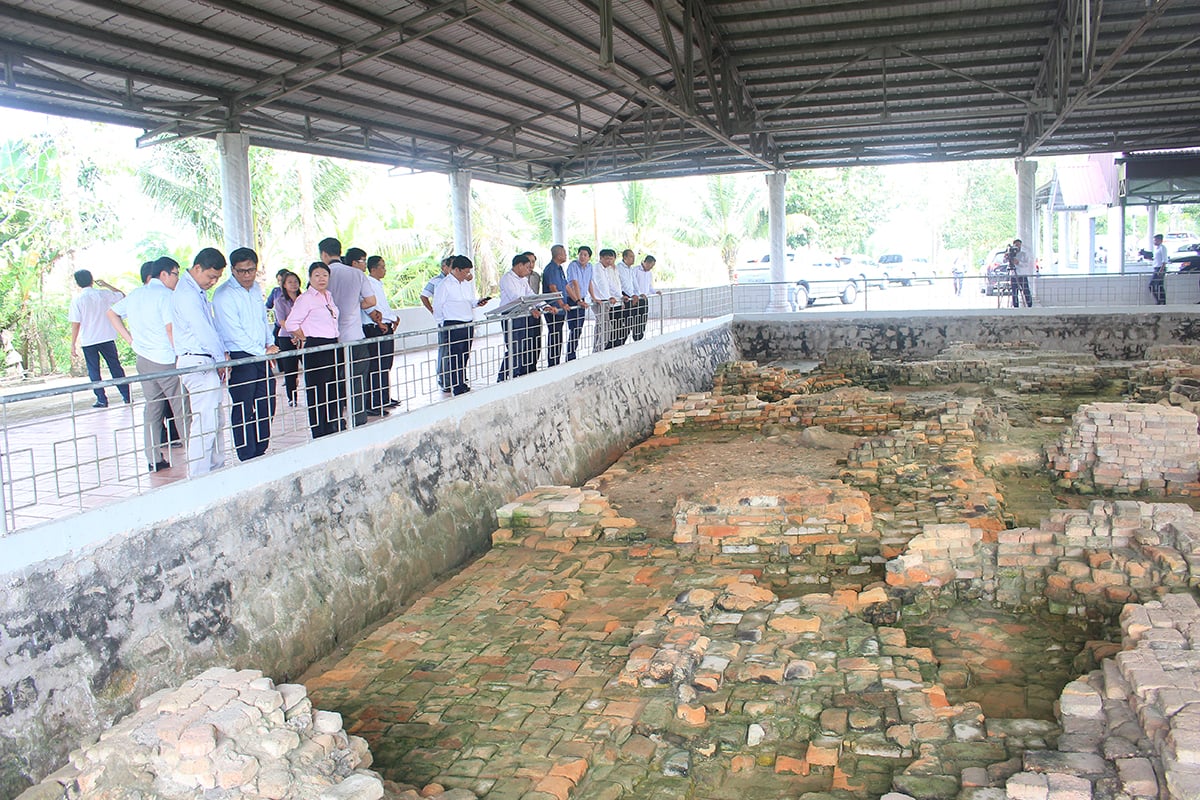
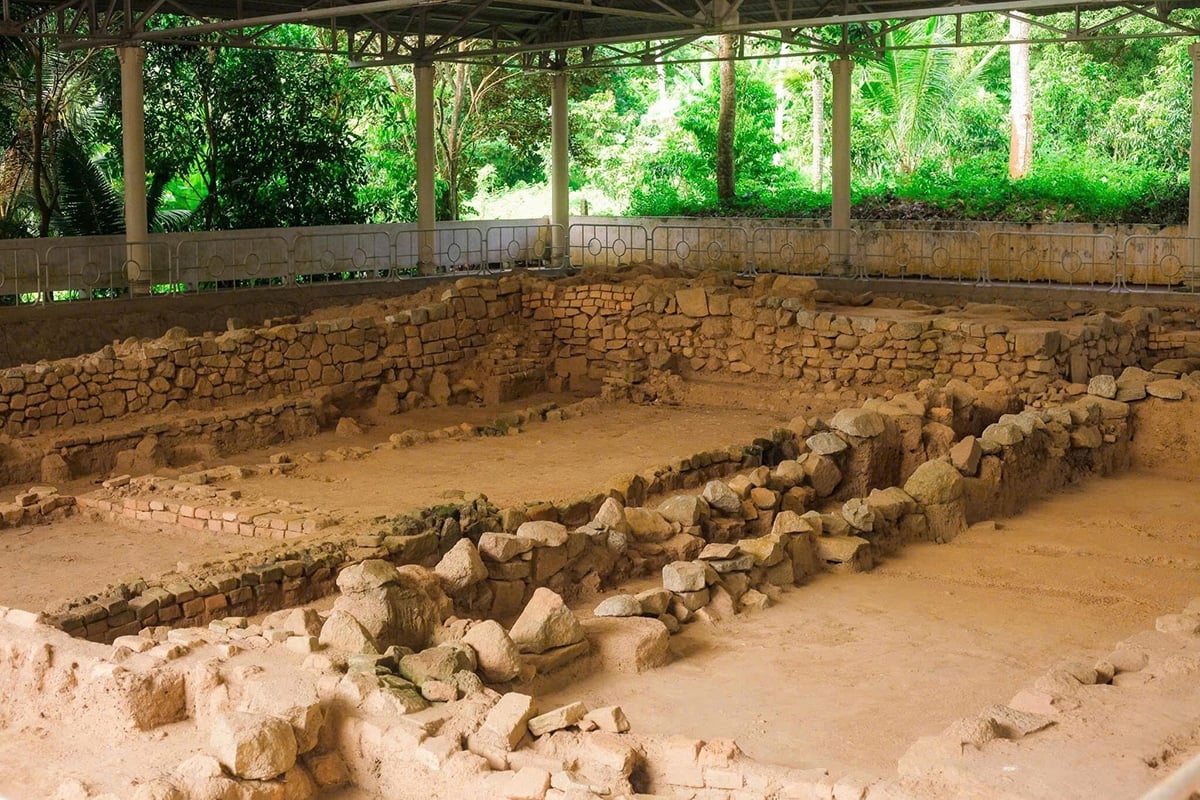
![[Photo] President Luong Cuong and King Philippe of Belgium visit Thang Long Imperial Citadel](https://vstatic.vietnam.vn/vietnam/resource/IMAGE/2025/4/1/cb080a6652f84a1291edc3d2ee50f631)
![[Photo] Close-up of Vietnam's sniffer dog team searching for earthquake victims in Myanmar](https://vstatic.vietnam.vn/vietnam/resource/IMAGE/2025/4/1/d4949a0510ba40af93a15359b5450df2)

![[Photo] Prime Minister Pham Minh Chinh meets with King Philippe of Belgium](https://vstatic.vietnam.vn/vietnam/resource/IMAGE/2025/4/1/be2f9ad3b17843b9b8f8dee6f2d227e7)
![[Photo] General Secretary To Lam receives King Philippe of Belgium](https://vstatic.vietnam.vn/vietnam/resource/IMAGE/2025/4/1/e5963137a0c9428dabb93bdb34b86d7c)


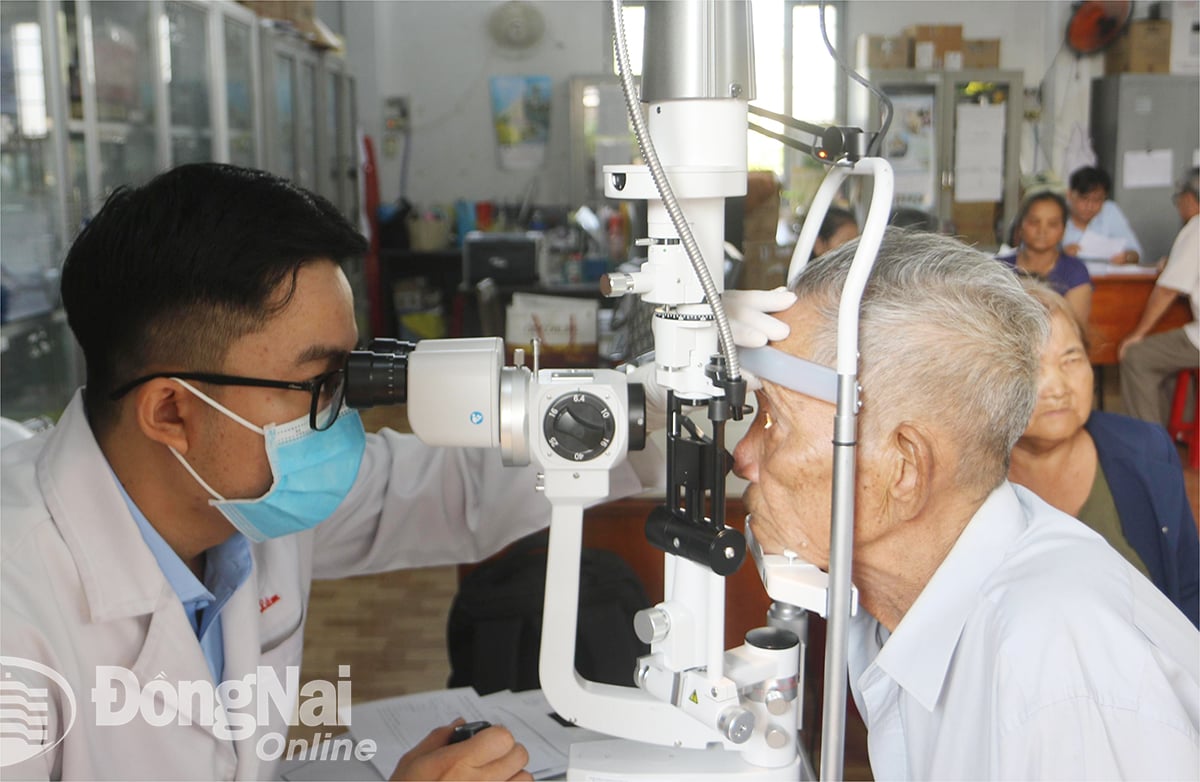
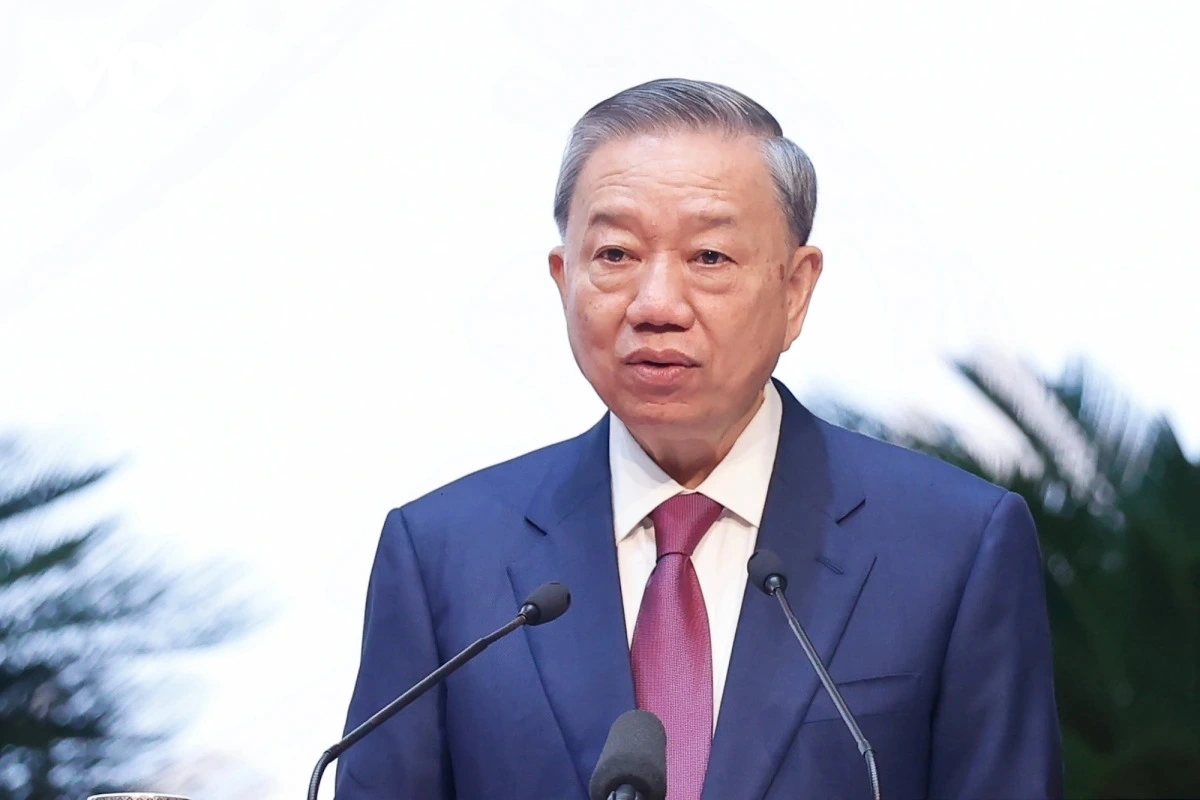
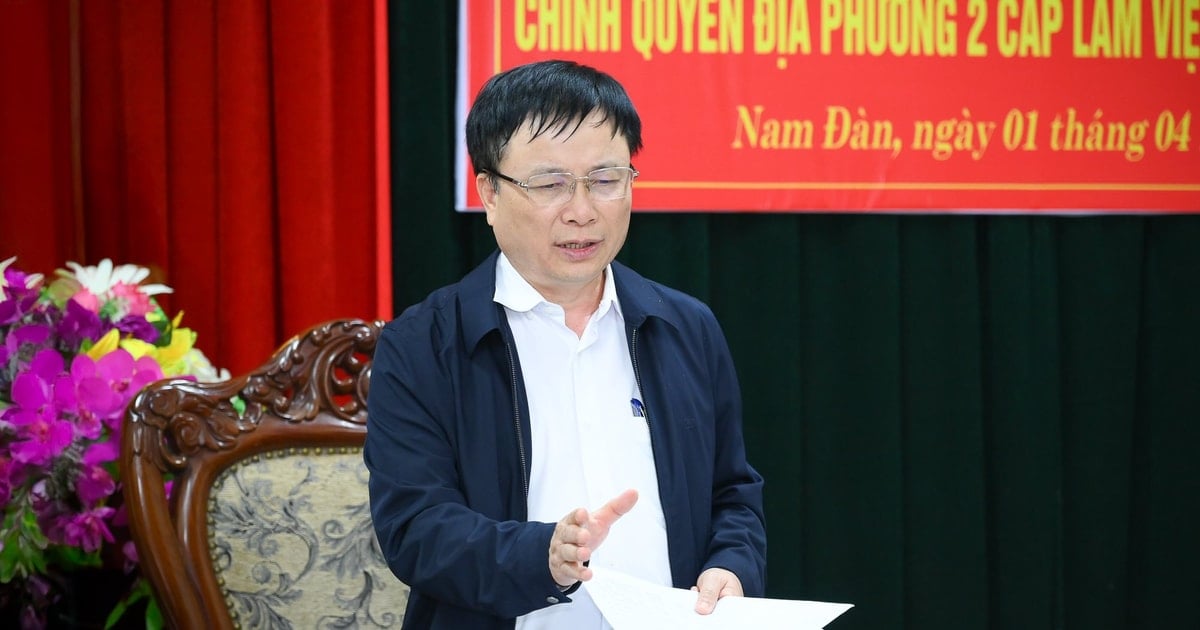






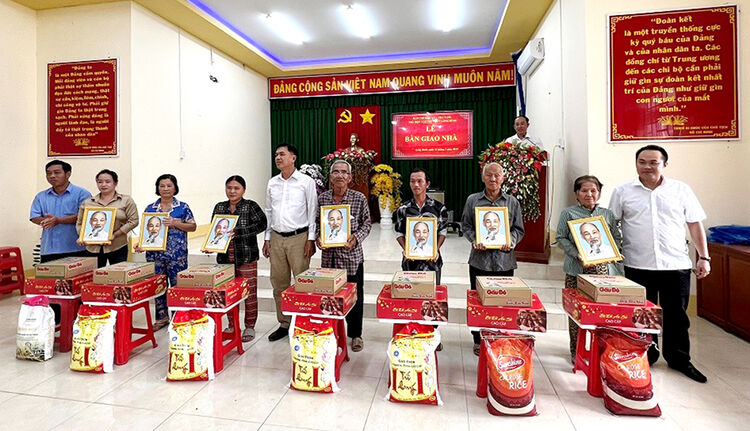
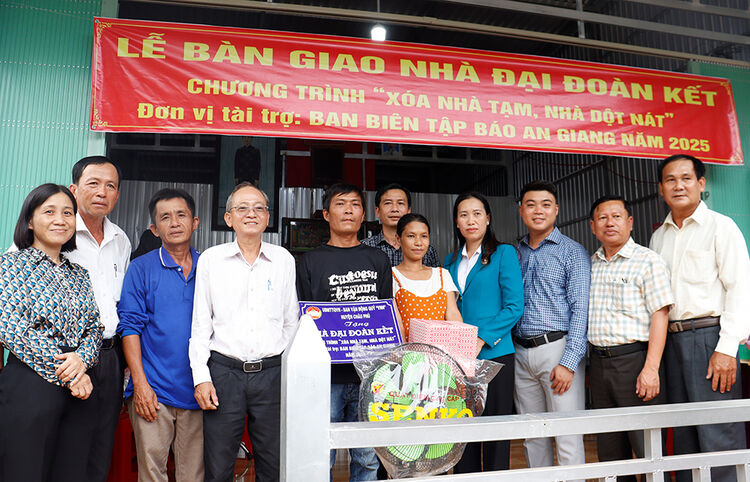


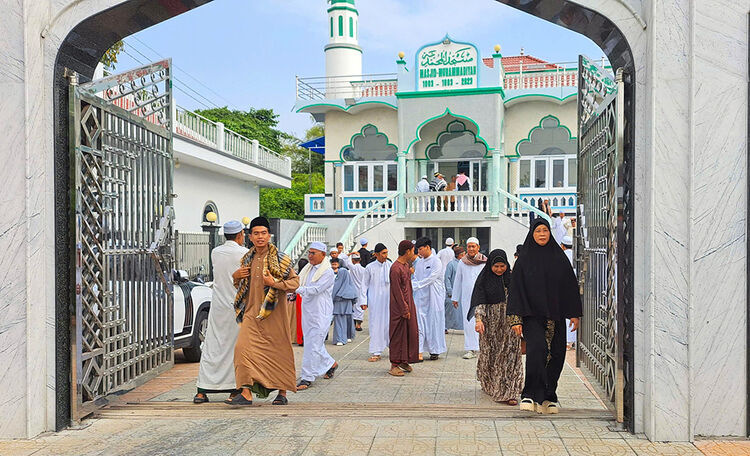

![[Photo] Myanmar's capital in disarray after the great earthquake](https://vstatic.vietnam.vn/vietnam/resource/IMAGE/2025/4/1/7719e43b61ba40f3ac17f5c3c1f03720)































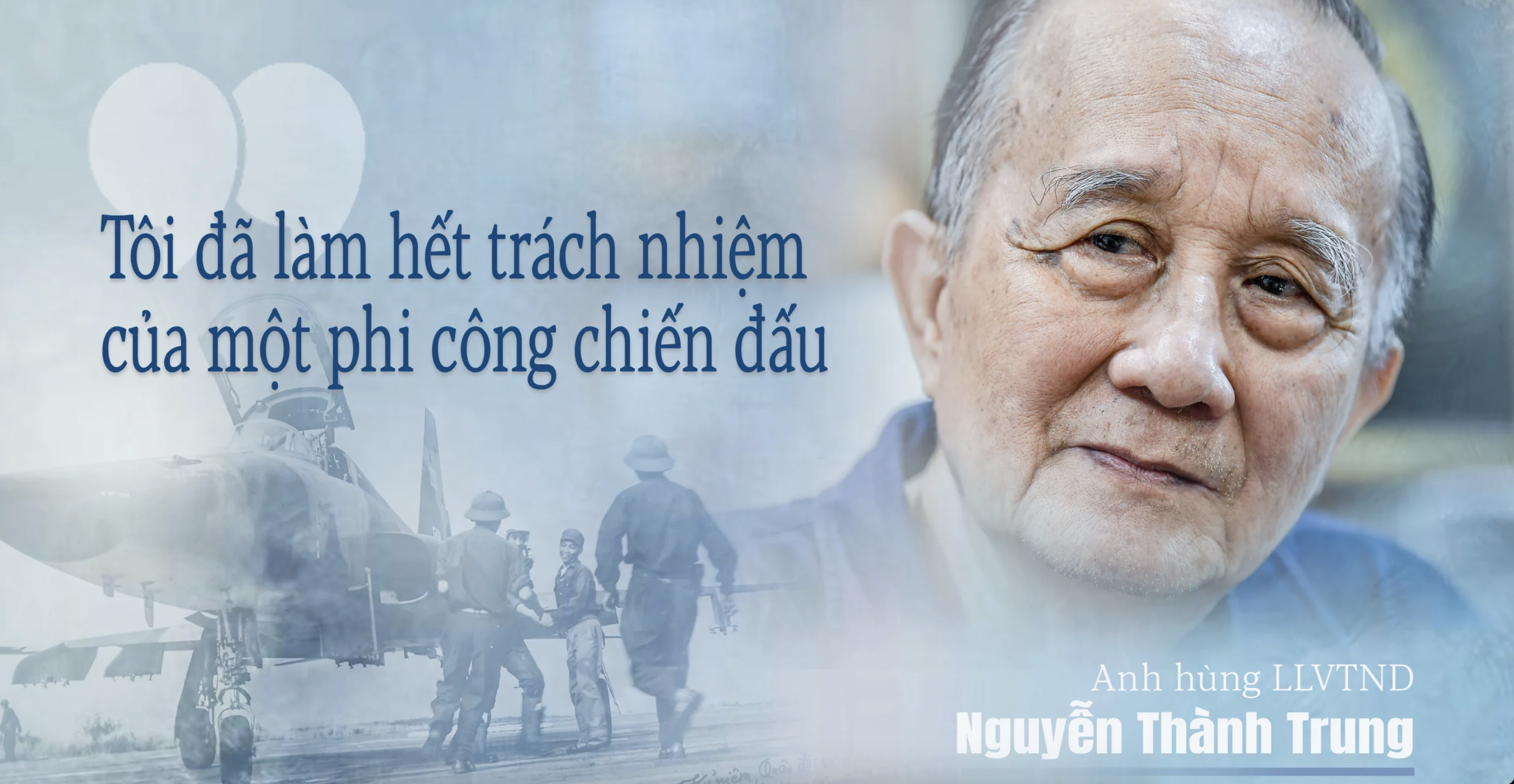










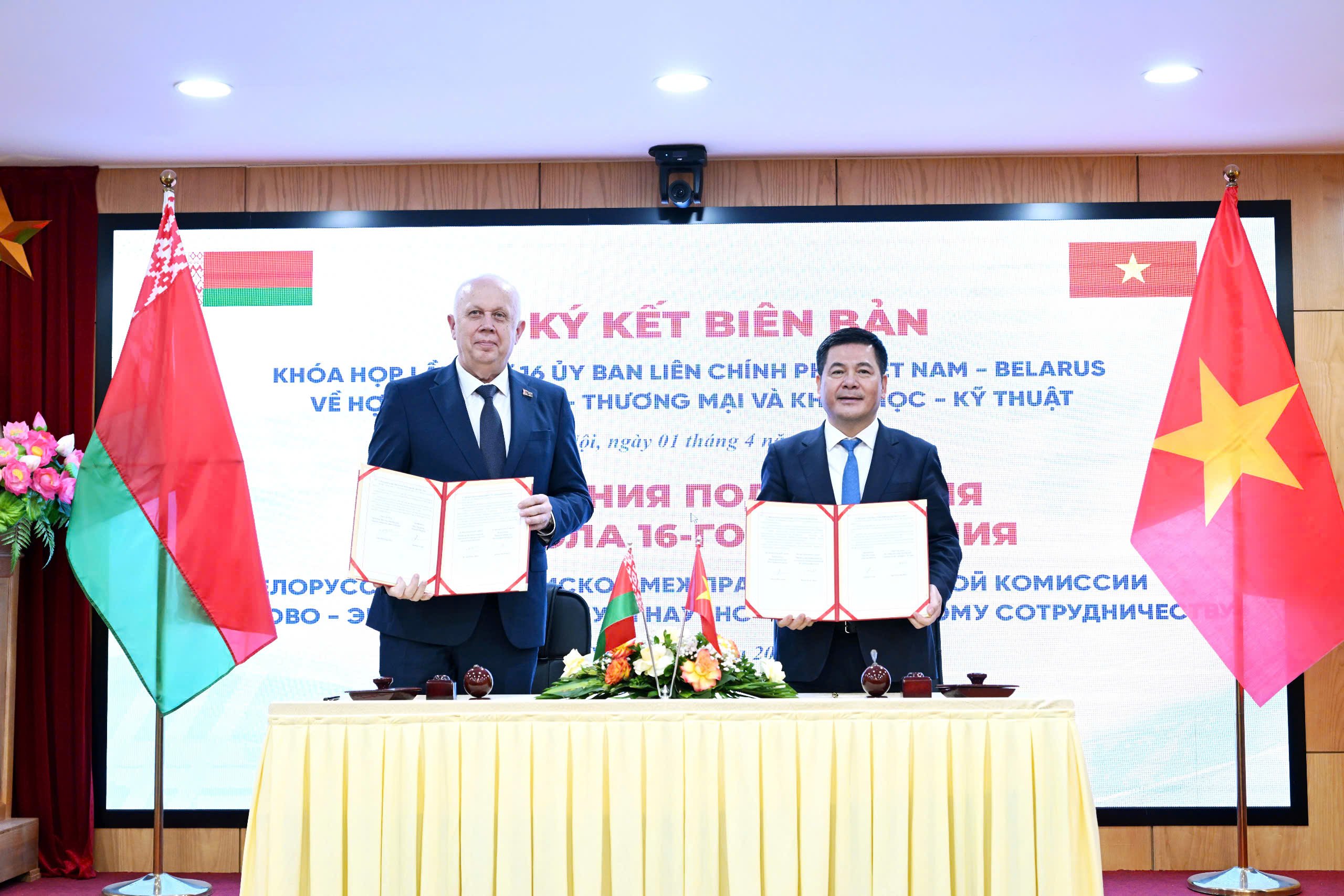






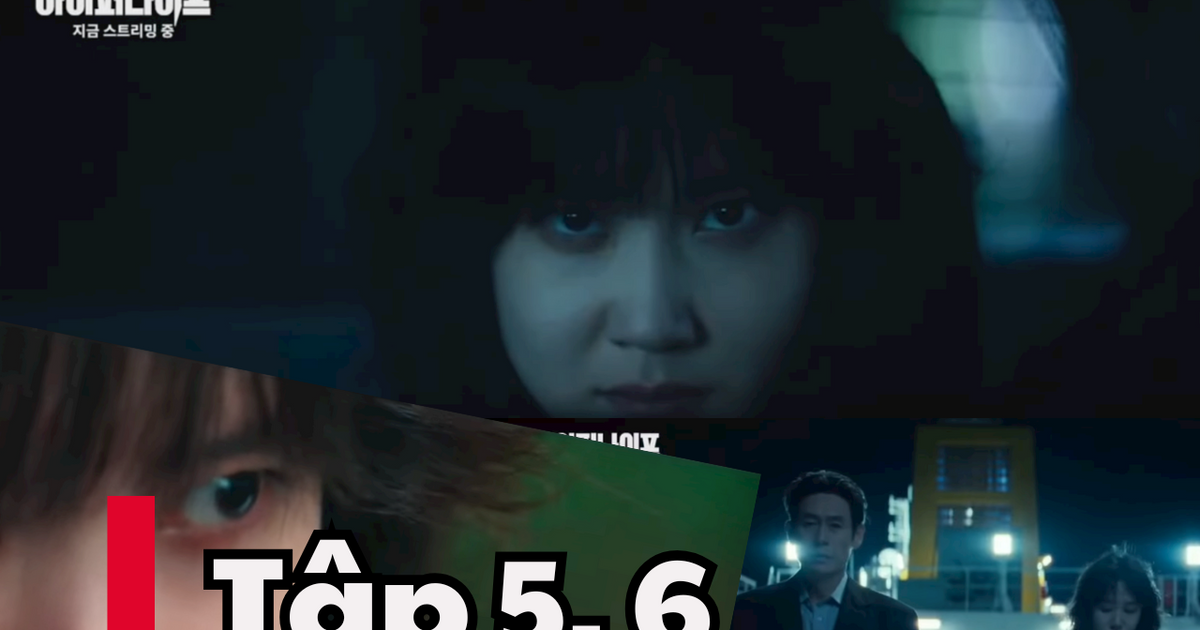
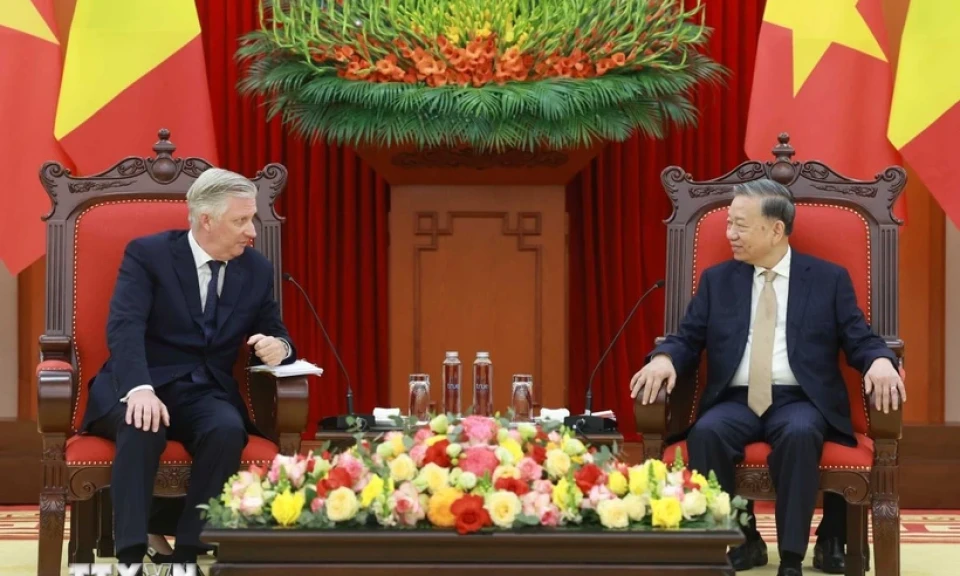











Comment (0)